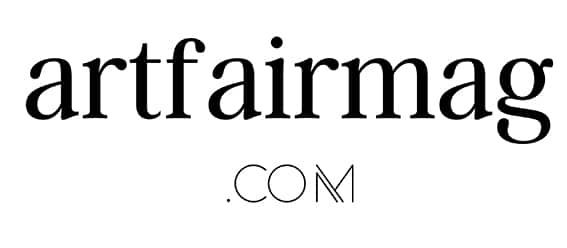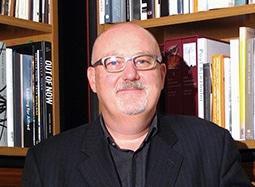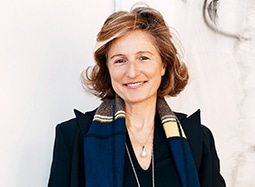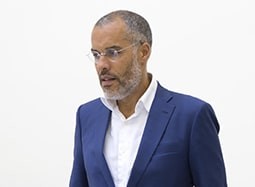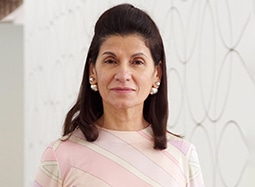Massimo De Carlo
In 1987, Massimo De Carlo opened its first contemporary art gallery in Milan. The first of many. After a second space in Milan, he expanded to London in 2009, Hong Kong in 2016 and to Paris in February 2021. This last gallery, a small space on rue de Turenne, offers an innovative concept inherited from the iconic art dealer Lucio Amelio, who in 1989 opened a space that hosted exhibitions comprising of just one artwork. Massimo De Carlo has opened Pièce Unique with an original artwork by Kaari Upson, Clay Baby, which could be seen day and night through the window.
Massimo De Carlo
In 1987, Massimo De Carlo opened its first contemporary art gallery in Milan. The first of many. After a second space in Milan, he expanded to London in 2009, Hong Kong in 2016 and to Paris in February 2021. This last gallery, a small space on rue de Turenne, offers an innovative concept inherited from the iconic art dealer Lucio Amelio, who in 1989 opened a space that hosted exhibitions comprising of just one artwork. Massimo De Carlo has opened Pièce Unique with an original artwork by Kaari Upson, Clay Baby, which could be seen day and night through the window.
Contemporary Art
Milano / Lombardia
Casa Corbellini-Wassermann
Viale Lombardia 17
20131 Milano, IT
+39 02 7000 3987
milano@massimodecarlo.com
Milano / Belgioiogo
Piazza Belgioioso 2
20121 Milano, IT
+39 02 366 36 990
belgioioso@massimodecarlo.com
London
51 South Audley Street
London W1K 2QH, UK
+44 (0)20 7287 2005
london@massimodecarlo.com
Hong Kong
12 Pedder Street
3F Pedder Building
Central, Hong Kong
hongkong@massimodecarlo.com
Pièce Unique
57 rue de Turenne
75003 Paris, FR
+33 1 44 49 05 24
pieceunique@massimodecarlo.com
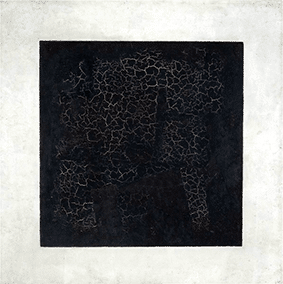
Black Square
Kasimir Malevich (1879 – 1935)
1915, oil on linen
79.5 x 79.5 cm
Tretyakov Gallery, Moscow
All our Interviews

Read all our exclusive interviews with antique, modern, contemporary & primitive art dealers.

Interview with Massimo De Carlo ~ Founder
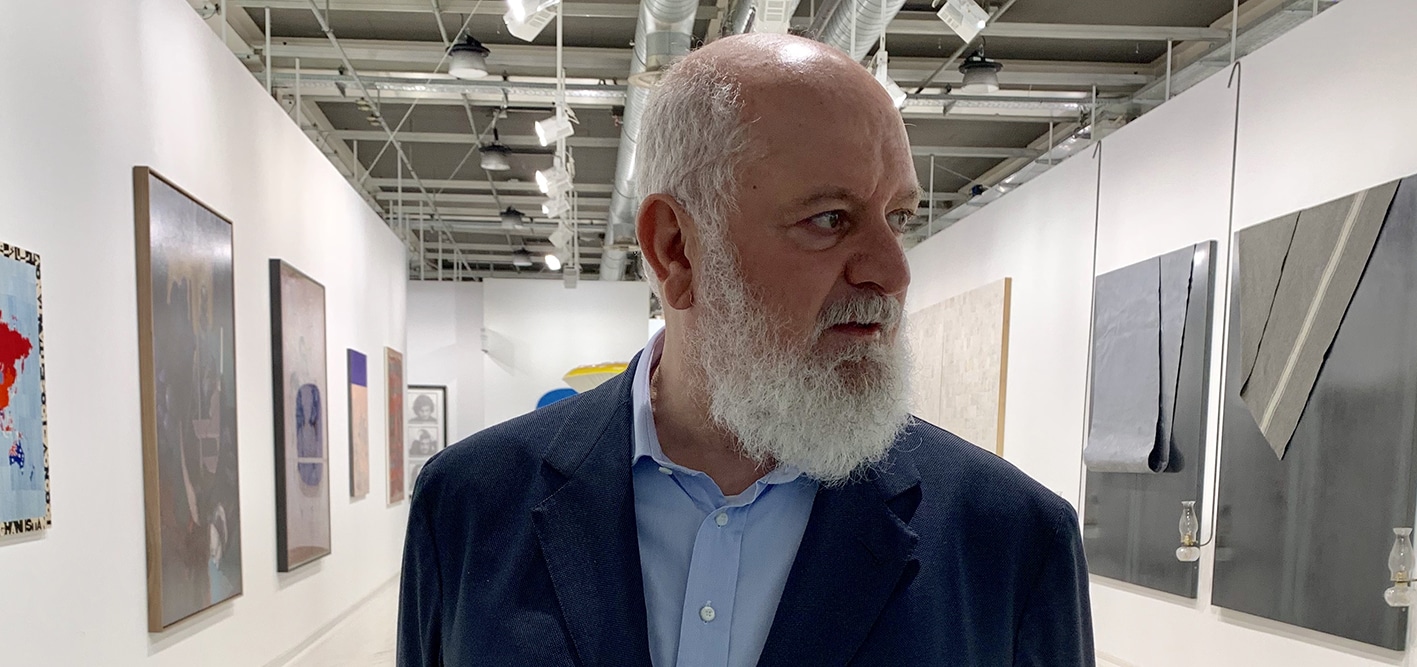
Courtesy of Massimo De Carlo
Interview by Pauline Loeb-Obrenan, founder of artfairmag.
Massimo De Carlo is a major contemporary art dealer who has been playing a fundamental role in bringing the most interesting voices of international art to the Italian scene and Italian artists into the global arena. Among the numerous talented artists represented by the gallery are Maurizio Cattelan, Tomoo Gotika, Jennifer Guidi and Paola Pivi.
artfairmag: Massimo De Carlo, in the past 30 years you have become one of Europe’s preeminent contemporary art dealers. Can you tell us more about your background and how you got there?
Massimo De Carlo: I’ve arrived to art through music: I was a young passionate producer of experimental Jazz festivals and by encountering many artists I’ve learned how to challenge the status quo. I’m a pharmacist for background – I even worked in Pharmacies at the beginning, during night shift, to support my first gallery – and there I’ve probably learned the alchemic power of culture.
artfairmag: After Milan – where you have two galleries -, London and Hong Kong, last February you opened in Paris “Massimo De Carlo Pièce Unique”. This space, located on rue de Turenne and renovated by the Japanese architect Jengo Kuma, offers an original concept, inherited from the iconic gallery owner Lucio Amelio, which consists of presenting exhibitions that include only one work of art. Was it the flexibility and infinite possibilities of this model that appealed to you?
M. D. C.: My desire was to challenge the art system and give artists a possibility to enhance new conversations between the viewer and their work. Massimo De Carlo Pièce Unique is an example of what I’ve always believed is the core of our work: art is always about ideas, never about scale.
artfairmag: Your five galleries are very different from each other: an eighteenth-century palazzo and a 1930s building in Milan, a very contemporary concrete space in Hong Kong, a space with parquet floors and mouldings in London and finally this single room with stone walls in Paris. Do you play with these particularities by adapting the scenography of your exhibitions to the place?
M. D. C.: My galleries are always tied to the culture of the place where they open. It is crucial for me to offer artists unique opportunities to confront with distinctive architectural and historical contexts. This principle takes different directions and embraces new perspectives every time we’re challenged with a new location, but I strongly believe this is very much part of our job as gallerists: offer artists new unprecedented possibilities to develop their work.
artfairmag: You have been working with some artists, as Alighiero Boetti or Rudolf Stingel, for nearly 30 years. What kind of relationship do you develop with them?
M. D. C.: I am very proud to have had the chance to collaborate with artists for a very long time: John Armleder, Olivier Mosset, Rudolf Stingel, Maurizio Cattelan and many more are really long term relationships. As any of these, there are complications, and fights, and misunderstandings, but these are the only relationship that make real sense for a gallerist, and whenever we start collaborating with an artist, this is always my ambition: we always want it to be forever.
“What interests me the most is the chance to expand the contents around an artwork through digital instruments – the technology is already out there, it is only a matter of culture and practice.”
artfairmag: As an art dealer, what role do you play in their creative work? Do you have a say in what they produce?
M. D. C.: There’s no gallerist without editing, editing is the strongest and most crucial part of our job. I do not consider myself a creative person (also because I doubt about the word itself, it is too often misused and misinterpreted) but clearly I have my own opinion and my vision, and the artists can only feel comfortable and protected if that is shared. In fact, the gallery roster is what describes a gallery.
artfairmag: In April 2020, while the pandemic was hitting so hard the art market and galleries were closed to the public, you took the lead by creating VSPACE, a virtual space which allows the viewer-visitor to enjoy a realistic and interactive experience from home. “Pièce Unique” also offers exciting digital initiatives. Do you think that the dialogue between the physical and digital aspects of the art market will continue or was it more of a stopgap measure for an exceptional situation?
M. D. C.: The artworld has had the chance through the experience of the pandemic to experiment new systems and possibilities, and I believe that it would be a shame to throw all that experience in a bin just because it reminds us of a crisis. Crisis are always reasons for change. I think we shall take advantage of the digital development we’ve performed with our galleries and synthetize a well balanced mix between the physical experience and the digital possibilities. What interests me the most is the chance to expand the contents around an artwork through digital instruments – the technology is already out there, it is only a matter of culture and practice.
artfairmag: Before Covid-19, you were participating in many art fairs – the major ones – all over the world. When the art market returns to a kind of normality, are you thinking of reducing your participation or on the contrary are you eager to start again as before?
M. D. C.: Of course we’re eager to start again, which we already did in fact. Fairs have been and will be important in the art eco-system. But it is also true, as in your previous question, that we’ve learned something from the pandemic: we might not need to show in so many fairs as before, or maybe we can address more specific thought-of-tailored-projects for fairs that will inevitably be less international and more local than in the past. This is an interesting potential future for me: a solid network of fairs that are not necessarily willing to become international but focus with knowledge (and networks) in their own culture and geography.
artfairmag: Finally, if you had to choose a piece of art – whether it was in your gallery or not – that is special to you, which one would it be?
M. D. C.: Malevich’s Black Square is still one of the most radical gesture an artist has ever made.
More Interviews
Sean Kelly
Sean Kelly Gallery represents well established, mid-career and talented emerging artists, who challenge the traditional boundaries of art practice.
Lévy Gorvy
Co-founded in 2017 by art dealers Dominique Lévy and Brett Gorvy, Lévy Gorvy has become on of the most highly regarded contemporary art galleries.
kamel mennour
kamel mennour is a one leading contemporary art gallery showcasing blue-chip artists as well as emerging talents. It has four spaces in Paris and one in London.
Galerie Max Hetzler
Founded in 1974, Galerie Max Hetzler focuses on well-established contemporary artists as well as emerging talent. With 5 locations in Europe, its influence is global.
